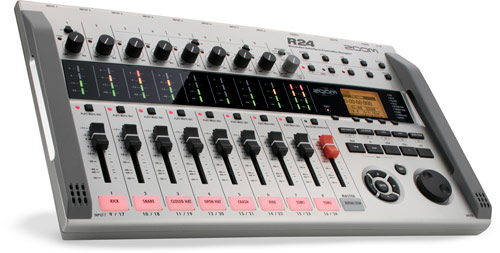Hi
Rank amateur here, but that never shuts me up anyway.
I am going to assume that you are about as experienced as me and would like to learn to do this stuff at least semi-properly with time.
If you are able to crank your amp without pissing off neighbours/wives/secret lovers, I would DEFINITELY say go with a cheap-ish interface* and an sm57. No question if you ask me. I bet that that mic has been used on... what... 95% of all guitar recordings you have heard, maybe? There are definitely times where a ribbon mic, or a different dynamic mic etc. are the best option, but there is NO need to go there yet. If you can't get good guitar tones with an SM57, you're not ready for another mic (that's dogmatic and I have no business saying this given my lack of experience - but I did anyway).
Use the SM57 to learn how to mic up a cabinet - distance, angle, center, edge, cone, etc.... There's a whole world there in itself with just a single mic. There's a reason a §100 mic is being used by almost all the big boys most of the time. Lucky us, eh!

You really don't know what you need until you outgrow what you have. the SM57 will be a great place to start, and your only limit will be your knowledge/experience for a long time

I am thoroughly convinced that this approach will be of tremendous benefit to you if you decide to just record direct and use plugins down the road. Man, I WISH I had the option, but... Apartment dweller

Oh, and the room. Get room treatment too!

(not egg cartons - and rigid fiber glass is much better than the usual foamy stuff, it seems)
What else... Yeah, Reaper is a great DAW for cheap. I have it. I also have Logic Pro X from apple. Also an awesome DAW, which I bought for the virtual instruments etc. If you don't need that, go for Reaper. Or if on a mac, you could always start on garageband. Not professional, but it can record

Kind of like a dumbed-down logic

After all this rambling, the two best pieces of advice:
1) DON'T BROWSE FORUMS!

Tongue in cheek, but seriously, everything on the internet will make you question your current gear and feed your GAS. I'm guilty of this myself. Knowing this myself doesn't even protect me all that much. So use the internet to learn about techniques and all that stuff, but just ignore everything about "you need this gear to make good recordings" and "my recordings have improved tenfold after getting x"... Doesn't work that way!

2) LEARN (while keeping number 1) in mind). I can really recommend podcasts for this, but keep in mind that the hosts are ususally at a higher professional level, so they can also convince you you need to upgrade your gear, without meaning to. Filtering is key

Some resources I highly recommend:
Podcasts (some of these also focus a bit on mixing, but gold can be found anyway):
The Project Studio Network
Recording Lounge
Home Recording Show
Inside Home Recording
Simply Recording
Home Studio Corner
Also check out Graham Cochrane's site The Recording Revolution (co-host of simply recording). He is very focused on keeping the equipment simple (and cheap) and focusing on skills instead.
Hope this helps - and congratulations on starting this journey, it's a friggin awesome hobby (for those of us not fortunate enough to have it as a day job

)
*) Interface: Focusrite has some good ones, but just to be sure, get one which has good DI option and phantom power, just to have the flexibility. Rumour has it that not all their interfaces has great DI input for guitar, I seem to remember the scarlett being one of these.



